This content is restricted to subscribers
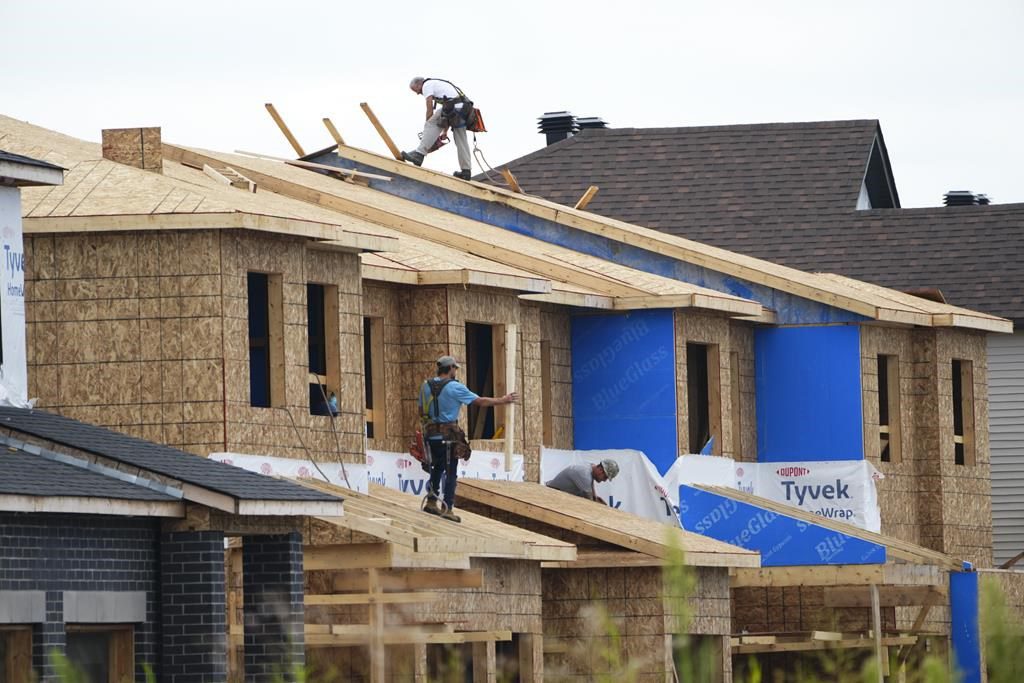
The views, opinions and positions expressed by columnists and contributors are the author’s alone. They do not inherently or expressly reflect the views, opinions and/or positions of our publication.

This content is restricted to subscribers
The views, opinions and positions expressed by columnists and contributors are the author’s alone. They do not inherently or expressly reflect the views, opinions and/or positions of our publication.
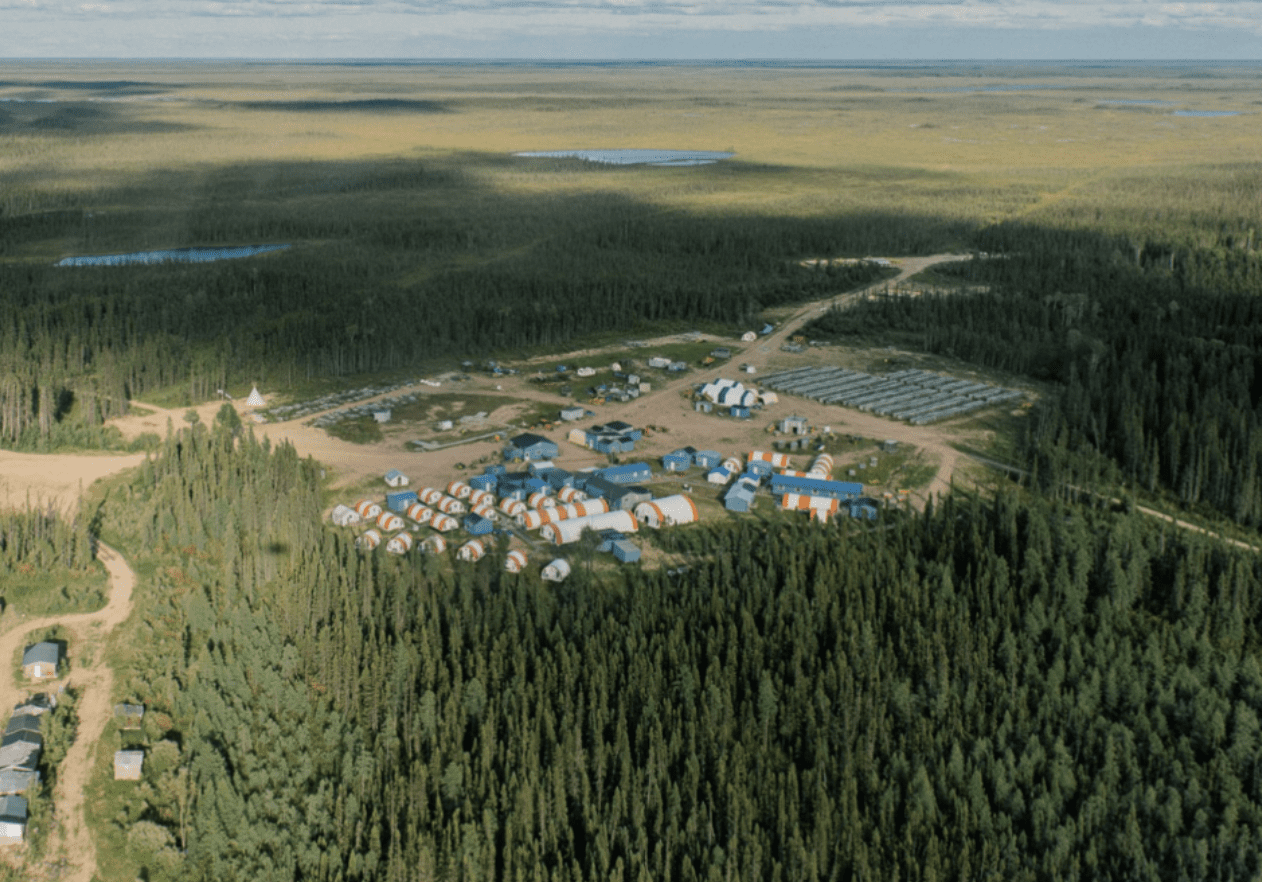
This content is restricted to subscribers
The views, opinions and positions expressed by columnists and contributors are the author’s alone. They do not inherently or expressly reflect the views, opinions and/or positions of our publication.
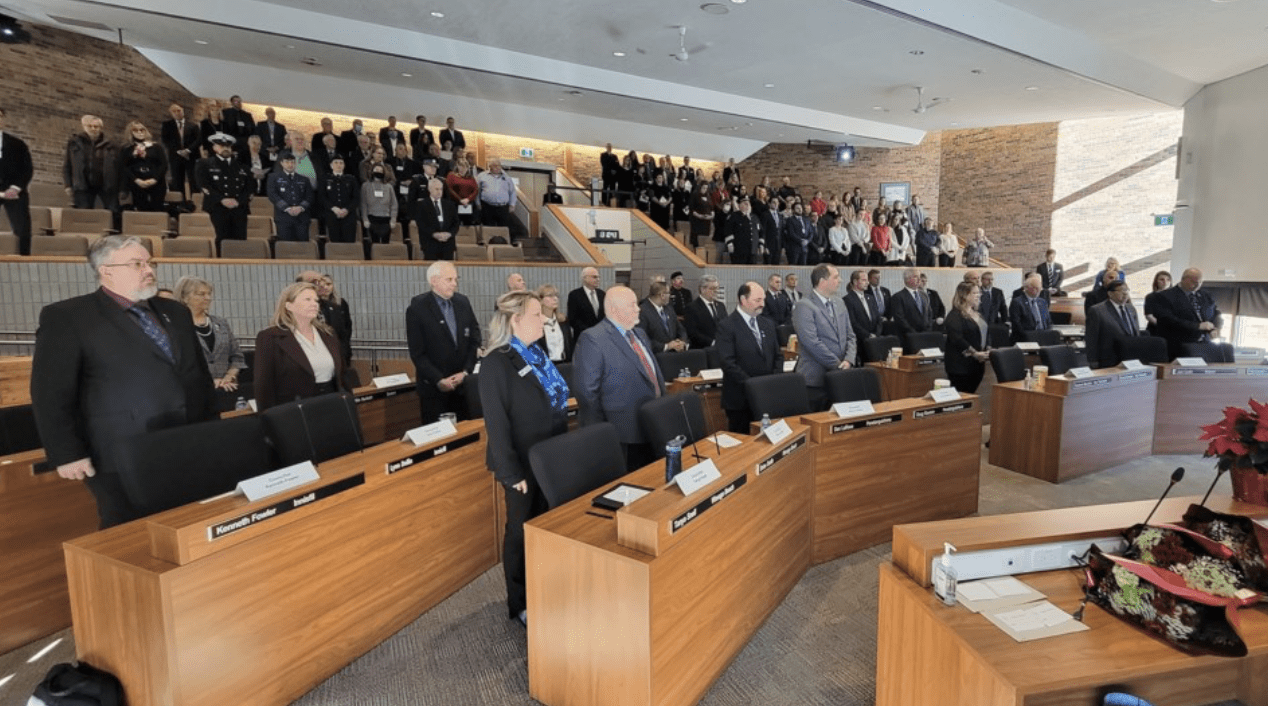
This content is restricted to subscribers
The views, opinions and positions expressed by columnists and contributors are the author’s alone. They do not inherently or expressly reflect the views, opinions and/or positions of our publication.
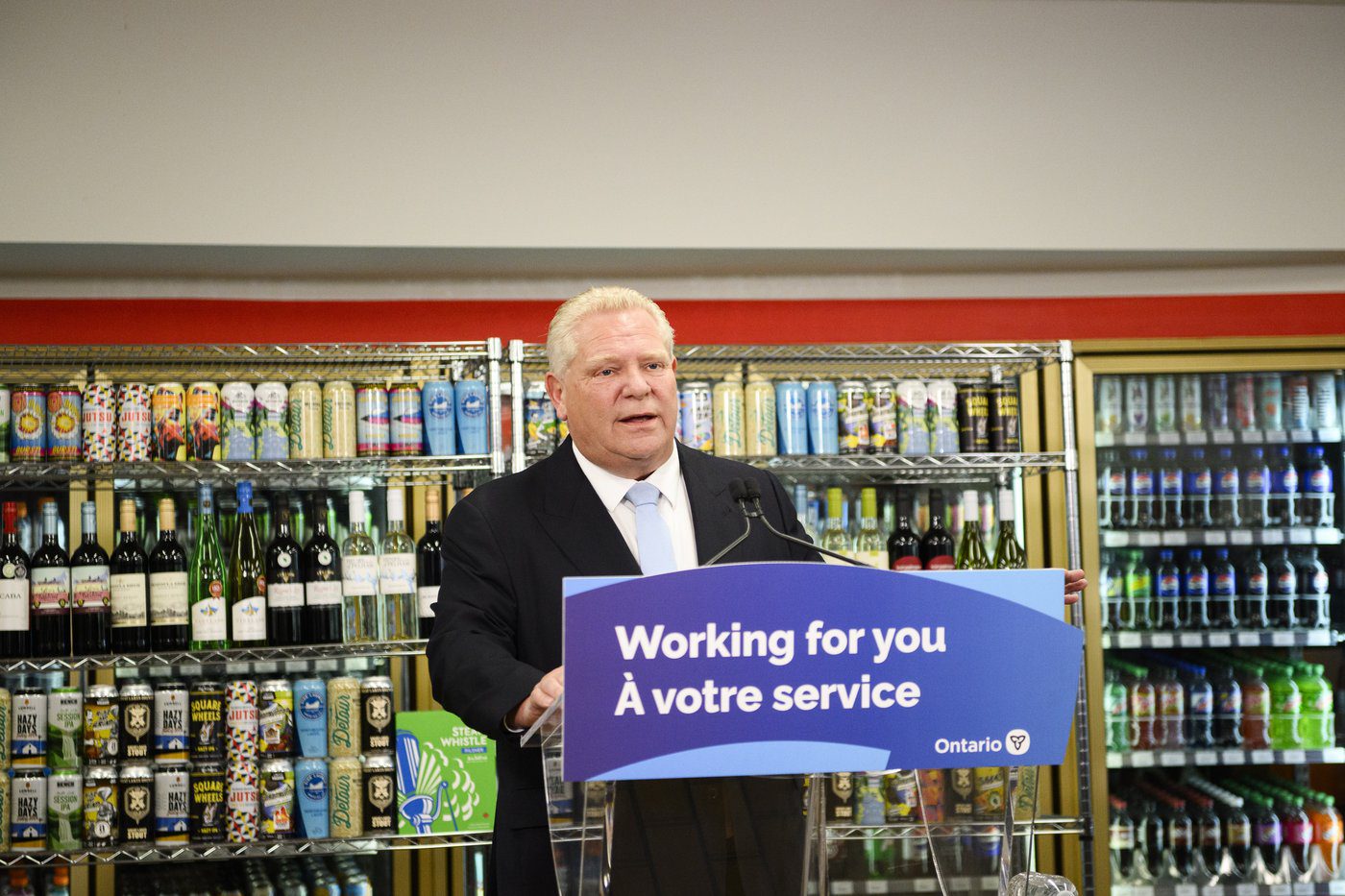
This content is restricted to subscribers
The views, opinions and positions expressed by columnists and contributors are the author’s alone. They do not inherently or expressly reflect the views, opinions and/or positions of our publication.

Become a subscriber today!
Register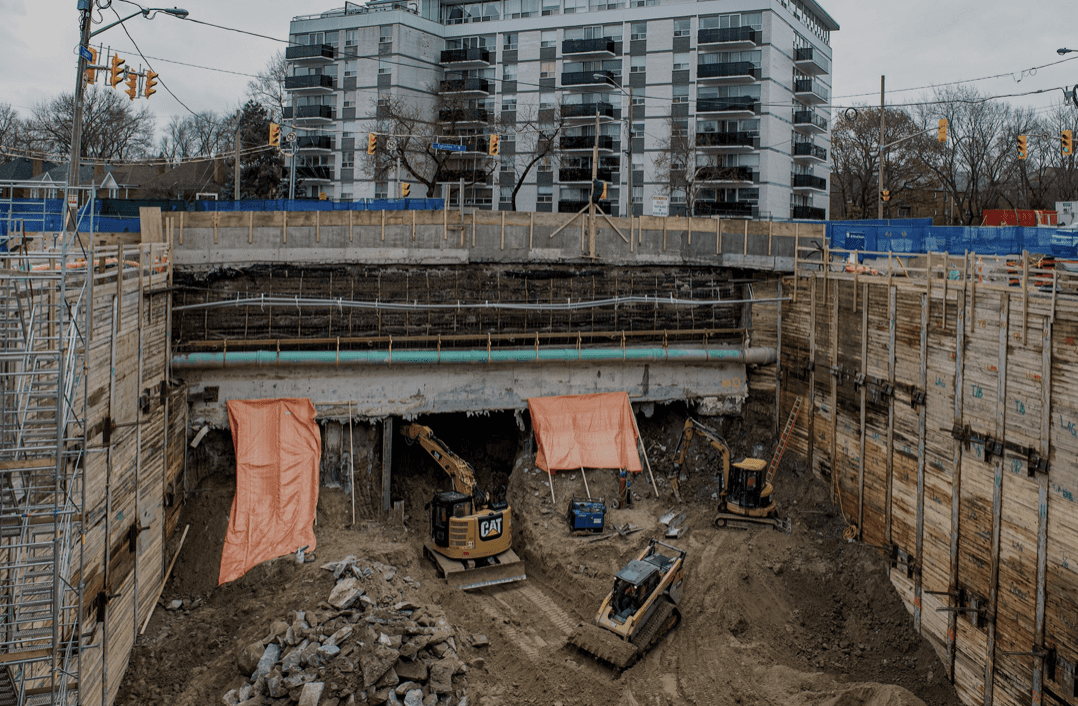
It sure looks like Premier Doug Ford has been hoodwinking Ontarians by using one of the oldest tricks in the book: underselling the cost of expensive transit projects.
The price tag for Ford’s signature Toronto-area subway expansion projects has been increasing more often than Prime Minister Justin Trudeau’s carbon tax.
And that’s saying something.
Ford’s latest price-tag fiasco is his signature Ontario Line.
This new subway line is being built to go through the heart of Toronto, mainly to bring relief to the city’s overcrowded Line 2.
Ford announced the project in 2019 and had a groundbreaking ceremony in March 2022.
When Ford announced the project, he told Ontarians it would cost $10.9 billion to both build the new subway line and operate it over the course of 30 years.
Last year, the Ford government updated the cost to $19 billion.
And just this month, the Ford government quietly announced that costs have increased to $27.2 billion.
That means in five short years, the cost of the Ontario Line has increased by 150 per cent. And costs have jumped by 43 per cent in the past year alone.
In the private sector, if a project manager was overseeing a multi-billion dollar project and costs ballooned by 43 per cent in a single year, that project manager would be shown the door.
At Queen’s Park, the Ford government is shrugging its shoulders.
When Ford announced the Ontario Line in 2019, it was one of four new transit projects that were supposed to cost, collectively, $28.9 billion.
One can only imagine what Ford’s full subway expansion bill will be if the cost of the other three lines trend in the same direction.
The government is blaming the increased cost of the Ontario Line largely on inflation. But inflation over the past year has been roughly three per cent. It doesn’t take a mathematician to figure out that a 43 per cent cost increase can’t be blamed on three per cent inflation.
And Metrolinx, the Crown corporation put in charge of managing the construction of Ford’s new subway projects, says the updated $27.2 billion Ontario Line price tag “does not reflect the full cost of the project.”
Translation: taxpayers should expect costs to balloon even further before the government’s anticipated delivery date in 2031.
Ford sold Ontarians on a subway expansion plan that would see four new projects cost $28.9 billion. If the other three new subway lines see cost increases as rapid as the Ontario Line, taxpayers will be staring down the prospect of a price tag of more than $100 billion.
What needs to happen now?
First, it’s time to fire Metrolinx as the province’s contractor.
Time and time again, Ontario governments of both parties have turned to Metrolinx to build transit projects. Every time, transit projects have gone billions of dollars over budget and years behind schedule.
It’s time to hold Metrolinx accountable.
Second, the Ford government needs to call in the auditor general. Ontarians deserve to know if the government sold its signature transit expansion plan to taxpayers by deliberately lowballing the cost.
The auditor general should do a comprehensive study of all four transit projects and give Ontarians an accurate assessment of the full cost.
So far, just a fraction of the Ontario Line’s full budget has been spent. The same is true for the other expansion projects.
It’s not too late for Ontario taxpayers to get a better estimate, look for ways to get the costs under control or even pull the plug if necessary.
Ontarians are downing in government debt. Taxpayers can’t afford a $100-billion boondoggle.
It’s time for transparency. Metrolinx and the Ford government need to come clean about the full cost of all four transit projects.
Jay Goldberg is the Ontario Director of the Canadian Taxpayers Federation
The views, opinions and positions expressed by columnists and contributors are the author’s alone. They do not inherently or expressly reflect the views, opinions and/or positions of our publication.

It’s a dirty little secret Ontario politicians never want to talk about: Ontario taxpayers pay a special health-care tax.
Politicians of all stripes love to boast that Ontario taxpayers simply have to take out their health cards, and not their credit cards, to see their doctor or access emergency services.
But the truth is that Ontario taxpayers pay a special surtax on top of their provincial income taxes called the Ontario Health Premium.
Former premier Dalton McGuinty famously introduced Ontario’s health tax in 2004, claiming the tax was needed to fund the system and improve health outcomes.
Spoiler alert: taxpayers pay more, governments spend more, and outcomes are heading in the wrong direction.
When McGunity introduced Ontario’s health tax in 2004, he designed it to hit virtually every taxpayer.
Anyone in Ontario earning more than $20,000 a year is on the hook for McGuinty’s health tax. The tax is phased in at $20,000 of income and rises to as high as $900 a year for the province’s top income earners.
Given that the median income in Ontario is roughly $54,000, the average Ontario worker is on the hook for $600 in health taxes this year.
The health tax is a sneaky one. It’s taken right off your paycheque along with your income tax, so most taxpayers don’t even realize they’re paying it.
And the tax adds up. The Ford government expects to rake in $4.8 billion this year from the province’s health tax.
Ontarians are also the only taxpayers in Canada on the hook for a special health tax.
Some might argue a health tax makes sense if it improves outcomes for patients. But Ontario’s health-care outcomes have been trending in the wrong direction.
Thirty years ago, the typical Ontarian waited 9.2 weeks to see their family doctor and then get treated by a specialist. Last year, the average wait was 20.3 weeks.
Even though outcomes are worse, taxpayers are paying more. Ontario now spends $2,500 more per person on health care than it did in 1993, after adjusting for inflation.
Back in 1993, Ontarians didn’t have to pay a health tax. Today, taxpayers are on the hook for up to $900.
The long and short of it is the province is spending thousands of dollars more per person to pay for a worsening health-care system.
There’s no reasonable explanation to justify Ontario’s health tax. It hasn’t improved outcomes and only hits family budgets.
The Ford government needs to scrap Ontario’s health tax. A two per cent reduction in government spending would offset eliminating the health tax.
That would save the average Ontario taxpayer hundreds of dollars a year.
Still, Ontario’s health outcomes do remain a cause for concern. Declining outcomes in Ontario reflect a broader trend across Canada. Governments are spending more but patients are getting less.
There are two keys to improving outcomes and costs: fighting bureaucracy and allowing for more choice.
On the bureaucracy front, it’s time to recognize that there are too many bureaucrats on the taxpayer payroll and its eating up too much of the health-care budget.
This year, Ontario will spend $8 billion on health costs not related to front-line services.
Think that’s bad? Consider this: Canada has 10 times as many health-care bureaucrats as Germany, even though Germany has twice Canada’s population.
Ontarians are paying a health tax to fund government bloat and bureaucracy. That needs to end.
Then there’s flexibility. Other countries like the Netherlands have been able to improve outcomes by expanding consumer choice and allowing taxpayers to choose and pay for specific coverage beyond basic taxpayer-funded provisions. Canada could look at doing the same.
The bottom line is that it’s time to scrap Ontario’s health tax. Politicians should instead reform the system through targeting bureaucracy and improving flexibility, not soaking families.
Jay Goldberg is the Ontario Director of the Canadian Taxpayers Federation
The views, opinions and positions expressed by columnists and contributors are the author’s alone. They do not inherently or expressly reflect the views, opinions and/or positions of our publication.

Toronto politicians have been on a spending binge for years. Instead of forcing them to reckon with the massive debt load they’ve racked up, Ontario Premier Doug Ford caved and bailed them out like a parent paying down a reckless teenager’s credit card bill.
The so-called “new deal” announced by Ford and Toronto Mayor Olivia Chow includes $1.2 billion over three years to help the city tackle its budget deficit.
Ford’s Toronto bailout won’t solve all of the city’s problems. Before Kris Kringle from Queen’s Park came along, Toronto was facing a deficit of $1.5 billion. Thanks to Ford’s bailout, that deficit should fall to about $1 billion.
But Chow still has to come up with $1 billion. The city plans to spend much more than it brings in this year, but cities in Ontario aren’t allowed to run operating deficits. They can borrow money, but only for capital projects.
Step two in Chow’s bailout plan appears to be making a pilgrimage to Ottawa to beg for more cash.
But here’s the cold hard truth: neither Queen’s Park nor Ottawa should be bailing Toronto out of this mess. The city created it and the city should have to deal with it.
Both the province and the federal government are currently running budget deficits. They should be getting their own fiscal houses in order and encourage Toronto to do the same.
It’s worth exploring how Toronto actually got itself into this mess.
Let’s take a stroll down memory lane.
In the last budget passed under former mayor Rob Ford in 2014, the city of Toronto had a spending budget of $9.6 billion.
Then along came John Tory.
During Tory’s nine years as mayor, Toronto’s budget increased by $6.5 billion.
If Tory and his allies on city council had simply kept spending growth in line with inflation, Toronto’s budget this year would be $4 billion less than it is.
Instead of facing a deficit of more than $1 billion, Toronto would have a massive surplus.
Even when population growth is added to the mix, Toronto is overspending by billions of dollars this year.
The numbers are clear: Toronto is in this mess because city hall spent away every last dollar it had. No money was ever set aside for a rainy day.
Toronto doesn’t have a revenue problem. It has a spending problem.
That’s why Chow needs to immediately do a top-to-bottom review of every line item in the city’s budget and reduce government spending.
It’s also worth remembering the money Ford is handing over to Chow didn’t just fall from the sky. It comes out of the pockets of taxpayers all across the province.
Ford isn’t giving Windsor a special cash infusion. London isn’t getting an early Christmas present. Sudbury isn’t getting Ford bucks.
Why should taxpayers from everywhere else in Ontario have to bail Toronto out from a mess of its own making?
During his press conference with Chow, Ford tried to justify his bailout by claiming Toronto plays a special role as the economic engine of the province.
That may be true. But Toronto has been the economic engine of the province for decades. It hasn’t needed a special billion-dollar bailout package until now.
Ford is helping Toronto city hall avoid reckoning with its own mistakes.
Every parent eventually learns the lesson Ford will surely face down the line: if you pay down your kid’s credit card bill without any consequences, the situation is bound to occur again.
Chow wants to spend billions of dollars more than the city is spending today. Most of city council seems willing to do just that.
Ford shouldn’t be surprised if he finds himself back in this very same situation a few years down the road.
Bailouts without consequences are sure to bear repeating.
Jay Goldberg is the Ontario Director of the Canadian Taxpayers Federation
The views, opinions and positions expressed by columnists and contributors are the author’s alone. They do not inherently or expressly reflect the views, opinions and/or positions of our publication.

Government spending and provincial debt have exploded in Ontario over the past two decades. Racking it up has been a bipartisan affair.
Under the leadership of the province’s three latest premiers, Ontario transformed itself from a province with a relatively modest debt load to one crushed by the weight of a massive $400-billion debt burden.
It’s time for Ontario’s politicians to do something about it. Ontario needs a law forcing governments to keep spending increases at or below the rate of inflation to stand in the way of future fiscal recklessness.
But before looking further at the antidote to our problems, it’s important to first look at how we got here.
Dalton McGunity promised to be a responsible steward of the province’s finances when he ran for premier in 2003.
“Ontario deserves a government that will maintain fiscal discipline,” McGuinty told voters on the hustings.
McGuinty’s Liberals promised to abide by the Harris government’s balanced-budget law and work hard to reduce the debt.
“We will not add to the provincial debt,” the Liberal platform said. “We will pay down the debt as conditions allow, with all surpluses going directly to debt payment.”
It turns out the Liberal platform wasn’t worth the paper it was written on.
Government spending stood at $66 billion and the provincial debt was $110 billon when McGunity took over Queen’s Park. Government spending rose to $130 billion and the provincial debt reached $258 billion by the time McGunity presented his final budget 10 years later.
McGunity increased government spending by more than three times the rate of inflation.
Then along came Kathleen Wynne. Wynne jacked up government spending by another $48 billion and ballooned the debt to $308 billion in a span of just five years.
Wynne actually showed more fiscal restraint than McGunity, if one can even call it that. Instead of increasing spending at three times the rate of inflation, she increased spending at two-and-a-half times the rate of inflation.
Ontarians were tired of 15 years of reckless spending, borrowing and taxing by the time the 2018 election came around.
When Doug Ford entered the political scene, he promised to right the wrongs of his Liberal predecessors.
“The party is over with taxpayers’ money,” Ford declared as he crisscrossed the province.
Ford repeatedly pointed out that under the leadership of McGunity and Wynne, Ontario had become “the most indebted region in the entire world.”
A Progressive Conservative government would change all of that, Ford pledged.
But in the five years since Ford first sat down in the premier’s chair, he’s failed to put Ontario back on a sustainable course. He’s broken the most important promise he made to voters: end government waste and mismanagement.
Finance Minister Peter Bethlenfalvy tabled a plan to spend $199 billion and increase the provincial debt to $416 billion in the government’s 2023 fall fiscal update. He called the document a “responsible” plan.
Ontarians should ignore the government’s rhetoric.
The reality is there has been no spending restraint under Ford’s watch. Government spending has increased by $12 billion over and above the rate of inflation in the past five years.
So much for ending the party with taxpayers’ money.
If McGunity, Wynne and Ford had kept government spending increases in line with the rate of inflation, Ontario today would be spending $102 billion. The Ford government is set to spend nearly double that this year.
Ontario would be debt free and would have hundreds of billions of dollars in a rainy-day fund in that very same scenario.
Instead, taxpayers are on the hook for more than $1 billion a month in debt interest payments this year. That’s the equivalent of paying for a brand-new hospital every 30 days.
It’s time to break the cycle of debt and deficits.
Earlier this year, the government of Alberta passed a law mandating spending increases stay at or below the rate of inflation plus population growth.
The best time for Ford to have introduced that kind of legislation was five years ago. The second best time is right now. Ontario taxpayers cannot afford to wait any longer.
Taxpayers are fed up with paying more than $13 billion a year in interest on the debt, money that simply goes into the pockets of Bay Street bondholders.
It’s time for Ford to remember what he promised voters. Five years after he said he would clean up the Liberal mess at Queen’s Park, he’s only made a bad fiscal situation worse.
For the sake of future generations, Ford must balance the books and introduce a spending restraint law to ensure this sorry saga of ballooning deficits and debt finally comes to an end.
Jay Goldberg is the Ontario Director at the Canadian Taxpayers Federation
The views, opinions and positions expressed by columnists and contributors are the author’s alone. They do not inherently or expressly reflect the views, opinions and/or positions of our publication.

Two reports were released by the PLACE Centre at the Smart Prosperity Institute about the state of housing, both nationally and in Ontario specifically. It’s also the subject of some actual policy ideas within the Ontario Liberal leadership race, which seems to have its participants largely stepping up on a file that has been largely marginalized by Ontario Premier Doug Ford, at least in a substantive way—he has certainly used the rhetoric about the housing crisis as cover for the corrupt dealings that happened as part of the Greenbelt scandal that the province’s Auditor General outlined in no uncertain terms last week. While both reports—one on the rental housing situation in the country, the other about needing a plan to build 1.5 million homes in Ontario over the next decade—do contain a certain level of overlap between them, the key recommendation between both is coordination, not only between all levels of government, but also with industry and labour. And that’s the part that I worry the most about.
“No one actor in the system can ensure that housing completions keep pace with population growth,” the Ontario report recommends about coordination. “All orders of government, the higher education sector, builders, developers, and the non-profit sector all play a vital role.”
“Create a coordinated plan with all three orders of government and create an Industrial Strategy led by a roundtable of public and private builders, the non- profit housing sector, investors and labour,” the rental report states in its coordination recommendation. “The federal plan should include targets and accountability measures. The plan should include enhanced data collection, more robust and frequent population forecasts and better research to understand Canada’s housing system. The plan should also include a blueprint to fund deeply affordable housing, co-operative housing and supportive housing, along with seniors housing and student residences and double the relative share of non-market community housing.”
The housing crisis is one of the most pressing domestic issues the country faces, the notion of a national round-table discussion that involves the federal government, provinces, major municipalities, and representatives of labour, higher-education and developers seems unwieldly. I have no doubt that these conversations need to happen, and that it would probably help if most, if not all, of the players were in the same room together, but we have had a pretty terrible run lately in this country when it comes to calling big meetings to coordinate things. If you add in the Indigenous component that the rental report recommends, that may be an impossible task—not because they shouldn’t be included, but because their housing needs are so much vaster and more specialized in many cases (such as dealing with the challenges associated with remote communities who are only accessible by ice road for a few weeks out of the year) that it may strain the ability to come to any kind of joint resolution for action to its very breaking point.
Trying to salvage our failing public healthcare systems, particularly after the height of the COVID pandemic, has given us a taste of just how able our federal and provincial governments are when it comes to even trying to work together in order to solve what is a particularly existential crisis for one of Canada’s defining intuitions (well, according to public opinion surveys in any case). In that particular instance, you had provincial premiers who were willing to let the system collapse because they thought that it would give them additional leverage with the prime minister, whom they insisted on sitting down with in order to personally demand more money from, with no strings attached. It didn’t help that these same premiers were also in the thrall of a normalcy bias that had them believing that a healthcare collapse wouldn’t be that bad, because after all, the system didn’t collapse at the height of COVID, so why would it now? Suddenly emergency rooms were being force to close in some hospitals, and the premiers found out just what their unwillingness to do anything about the system was costing the public.
In the end, prime minister Justin Trudeau simply dictated terms to the provinces because they had caught themselves out, and he gave them some money—not nearly as much as they were demanding—with some of the tightest strings that have ever been attached to healthcare dollars, because the federal government had been particularly burned at the height of the pandemic when emergency dollars sent to the provinces didn’t go toward testing, tracing, nurses salaries, or shoring up the healthcare system in anyway. Rather, most provinces simply put the money directly onto their bottom lines in order to eliminate their deficits as their healthcare systems continued to deteriorate past the point of collapse.
I worry that the housing crisis will be little different—particularly as premiers are already demanding a face-to-face thirteen-on-one meeting with the prime minister on infrastructure and housing, which is transparently an attempt to try to bully him into simply turning over more money to them with no strings attached—the way they like it. Not to mention, the provinces already have a history of taking federal transfers intended for social housing, and much as they have done with healthcare dollars for decades, spent them on other things. And while the PLACE report recommendations do talk about targets and accountability measures, that is unlikely to happen without some pretty powerful incentives from the federal government, which is likely to mean money—a lot of it at a time when the federal government is trying to at least look like they’re interested in fiscal restraint.
None of this is to say that the different levels of government shouldn’t be meeting to try and hammer out some kind of coordinated effort on the housing crisis, because they absolutely should. My biggest worry, however, is that too much expectation is going to be placed on the federal government to do the lion’s share of the heavy lifting, the work, and the financing to do what needs to be done, while premiers can feel content to not hold up their end of the bargain and put all of the blame on the federal government while legacy media says things like “nobody cares about jurisdiction.” We are in a housing crisis. We do need all hands on deck. But we also need to ensure that premiers or mayors can’t shirk their duties without consequences from the public, because that is where the pressure needs to come from.
The views, opinions and positions expressed by columnists and contributors are the author’s alone. They do not inherently or expressly reflect the views, opinions and/or positions of our publication.